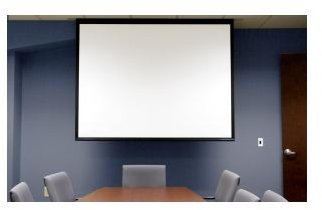Effective Methods of Communication in Project Management
Avoiding Information Overload
What happens when a stakeholder is bombarded with information that is not required or is simply for information use only? My guess is that the stakeholder will get frustrated. She might even stop reacting to information that requires attention. Sometimes project stakeholders require information in real-time while other times, they’d rather just have access to the information and retrieve it as and when it is required. Some methods of communication are more effective than others depending on the needs of the audience and purpose of the communication.
A project fraught with communication problems leads to delays, misunderstandings, frustration, workplace conflicts and a mismatch in stakeholder expectations. Hence, employing effective communication methods are necessary to ensure project success.
The PMBOK 4th edition categorizes methods of communication into:
- Interactive Communication
- Push Communication
- Pull Communication
Let’s explore these effective communication methods to see how, and in which situations they can be used.
Image Credit: SXC
Interactive Communication
This is an example of an effective communication method. For Interactive communication, all stakeholders involved in the communication can respond to each other in real-time. Some examples of interactive communication include face-to-face meetings, video conferencing, phone calls, and messenger chats. These methods of communication are often used in projects and are more effective than other methods of communication. Within interactive communication, face-to-face meetings are the most effective because they enable you to view the body language and facial expressions of the communicating stakeholders.
More often than not, you should favor interactive communication. For example, suppose you need to brainstorm to gather requirements for a project. You could send an email to all stakeholders for their inputs and then consolidate the inputs. You could then resend the inputs to the stakeholders. This form of brainstorming is highly ineffective and unproductive. In this case, it is much better to get all stakeholders in a room and brainstorm together. Read the Brainstorming Tips and Tricks article for more information on effective brainstorming methods.
However, not always do you have the opportunity to use interactive communication. In addition, there are scenarios where interactive communication is actually not suitable. Next, let’s explore Push Communication.
Push Communication
Push communication is one of the effective communication methods in which information is distributed without any feedback from the recipients. For example, you may send meeting notes to people after a brainstorming workshop. Similarly, you may “push” information in the form of a report to project stakeholders in the Keep Satisfied or Keep Informed quadrants of the Power/Interest grid. Organizations use push communication to notify shareholders through a press release. These methods of communication are commonly found in projects and organizations. Let’s look at an example.
Suppose, you need to communicate a bug fix to a software developer. The developers has left for the day and is not available through a mobile phone. How would you communicate the bug fix to the developer? Through email or voicemail because both are effective communication methods and are examples of push communication.
Next, let’s look at the last method of communication - Pull Communication.
Pull Communication
The last effective communication method is pull communication. This method of communication is best for a large audience that needs to access information at their discretion. In a large project, suppose you have conducted a training for a set of developers. After the training, to enable developers to access the training material again, you can upload the slides and other supporting content material via a corporate intranet. Similarly, after a project ends. You may want to provide access to project artifacts, such as the precedence diagram and decision trees used to other people in the organization to use in their projects. As this information will only be accessed when the need arises, push communication is one of the most appropriate methods of communication.
